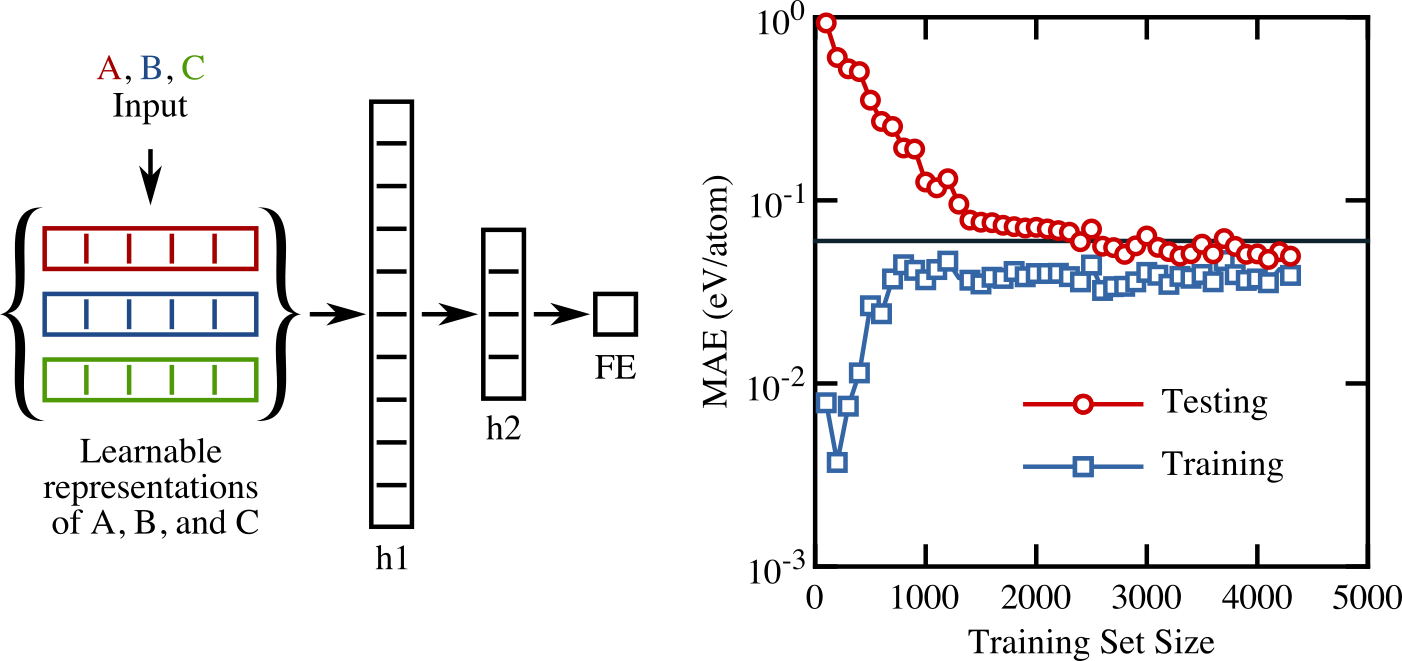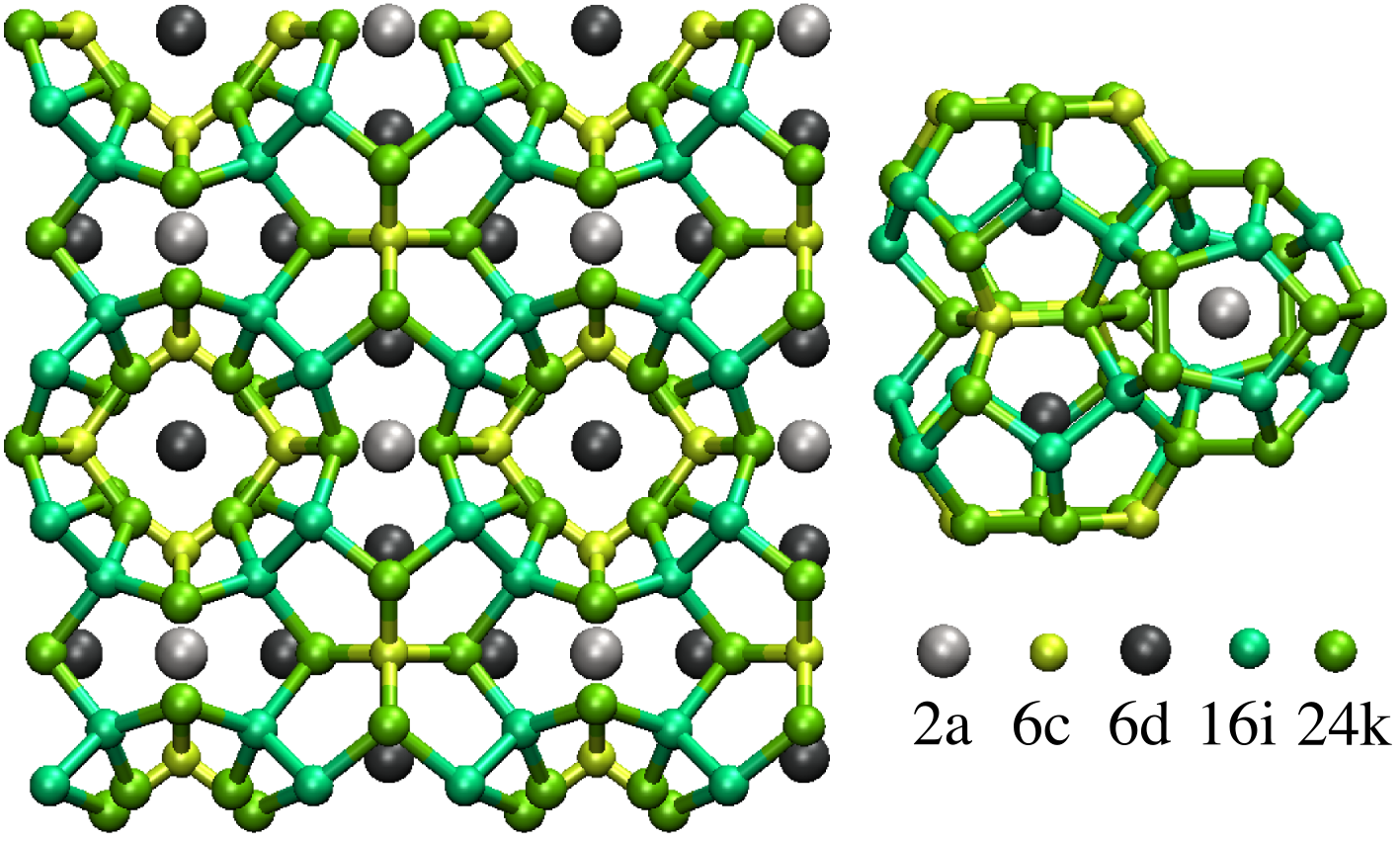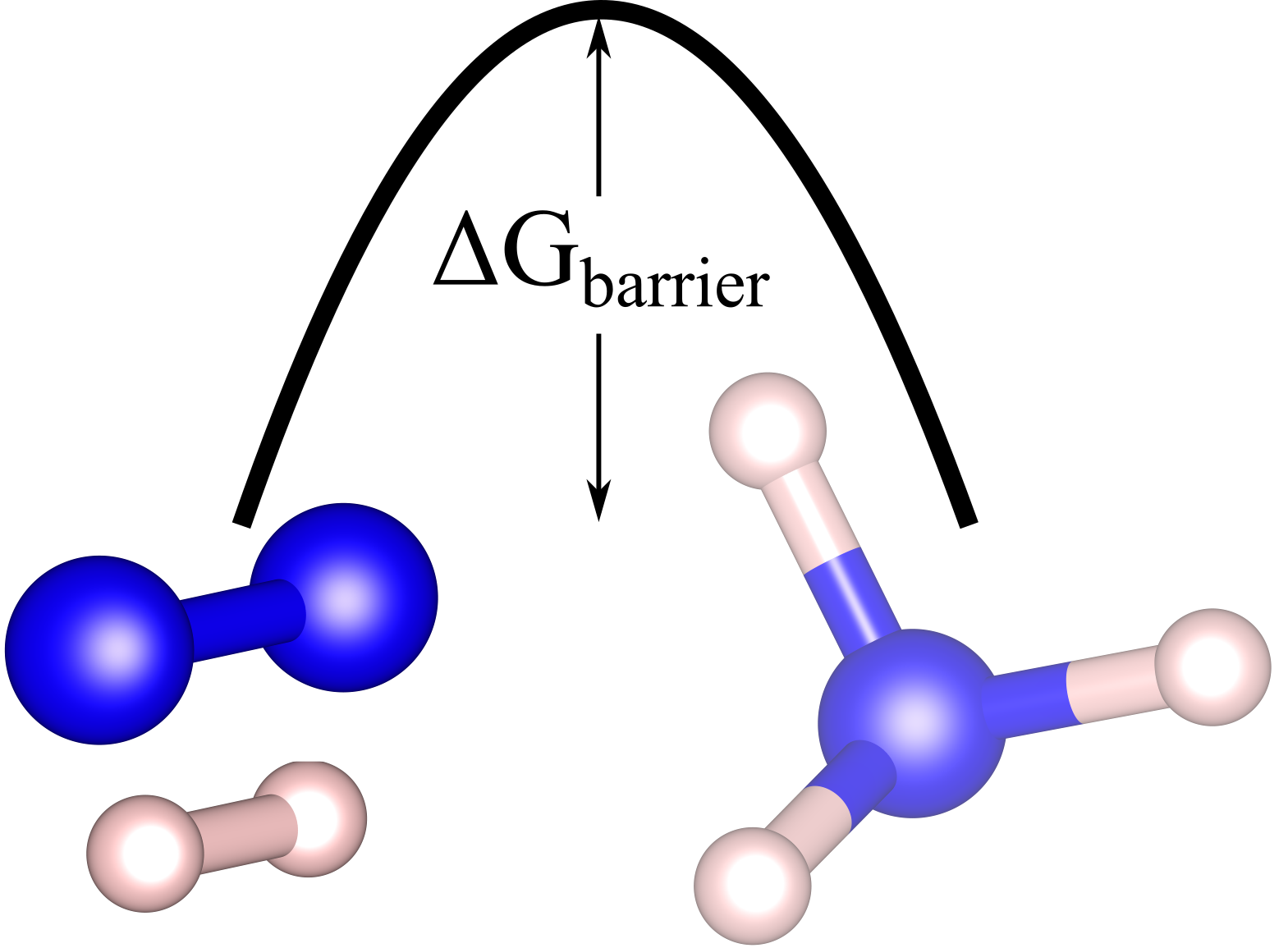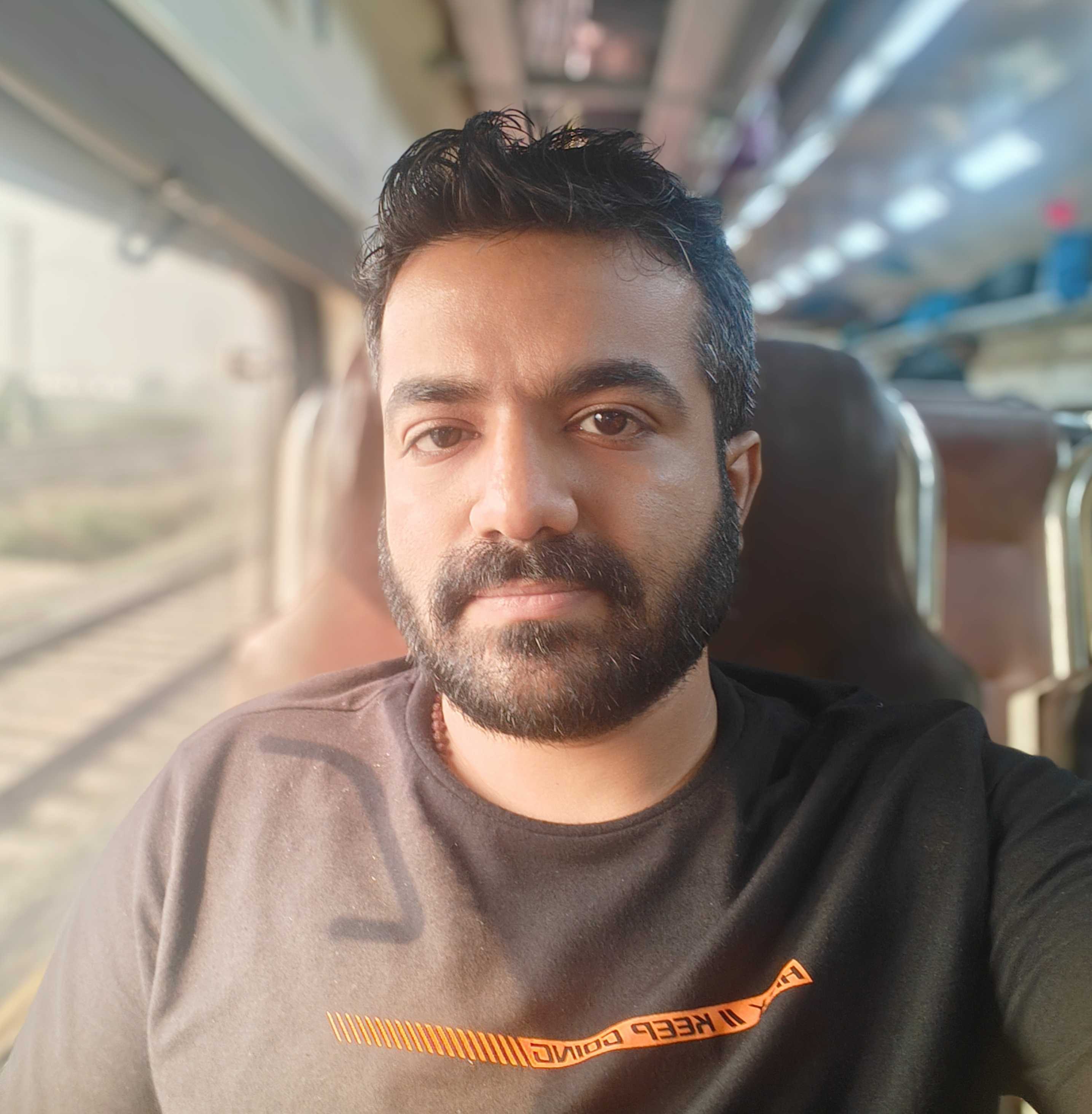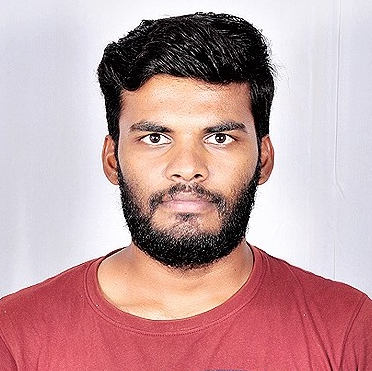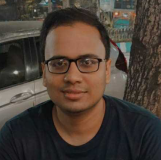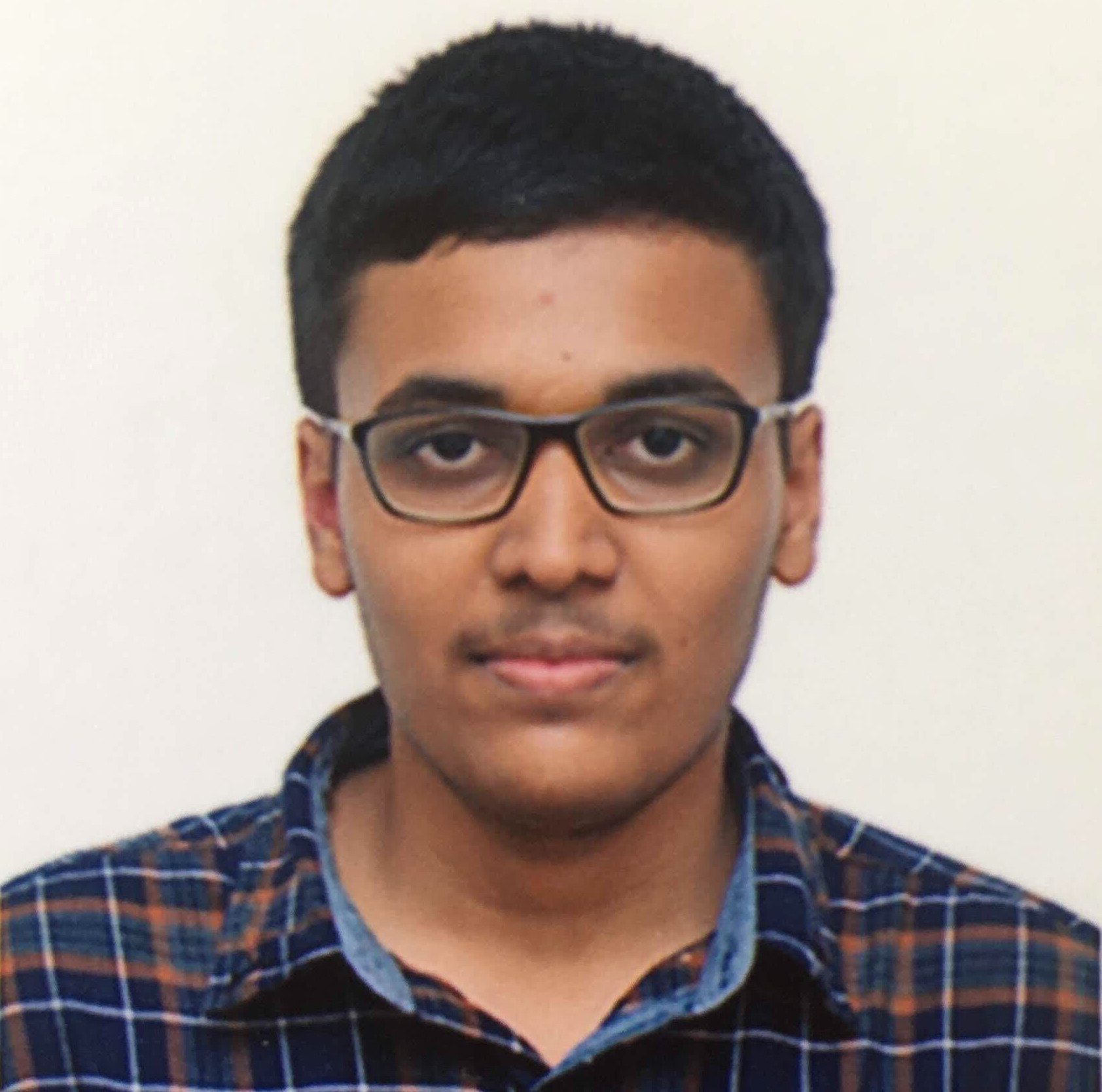About
Welcome to the Materials Research Lab at IITB.

Objective: With rapid industrialization and continuous use of fossil fuels, the atmospheric CO2 level has increased to an ever high value of 400 ppm. Being a greenhouse gas, CO2 contributes to climate change and increase in CO2 emission is a global concern. To keep the mean global temperature rise within 2 °C, the anthropogenic CO2 emission has to be reduced significantly. This requires (a) better utilization of available fossil fuels and (b) search of alternative CO2-free renewable fuels. In our group, we are engineering materials to address these energy challenges. In particular, we are working on the following problems: (click on each link to know more about these problems)
- Materials discovery from machine learning and high-throughput calculations for energy applications. - Thermoelectricity (to convert waste heat into electricity). - Thermochemical reduction of N2 gas to NH3 gas.Approach: To tackle these problems, we use a variety of approaches varying from paper and pen theory to computer simulations and experiments. Our entire group has access to IITB supercomputing facility SpaceTime (internal link) where we routinely use 100s of CPUs to carry-out our simulations. We are currently in the process of securing resources for setting up a flow reactor for thermochemical reactions at elevated temperatures and pressures.
Tools: Some of the tools that we routinely use are:
Machine Learning Methods: Linear, logistic, and polynomial regressions, Feedforward and convolution neural networks, Gaussian process regression, k-means clustering, k-NN, decision trees/ random forest. Machine Learning Packages: Tensorflow, Scikit-learn. Molecular Simulation Tools: Density Functional Theory, Lattice Dynamics, Molecular Dynamics, Computational Fluid Dynamics, Tight-Binding, Monte Carlo. Molecular Simulation Packages:: Quantum ESPRESSO, VASP, CP2K, ALD (in-house code for thermal properties from lattice dynamics), WANNIER90, EPW, LAMMPS, QNANO (in-house code for tight-binding), Enumerator (in-house code for bulk-enumeration). Computer Languages/ Packages: C/C++, Python, FORTRAN, MATLAB, GNU Octave, PHP, Shell. Miscellaneous: LAPACK(e), BLAS, OpenMP(I), PBS Torque, ASE, Inkscape, VMD, VESTA, FEAST, LATEX.